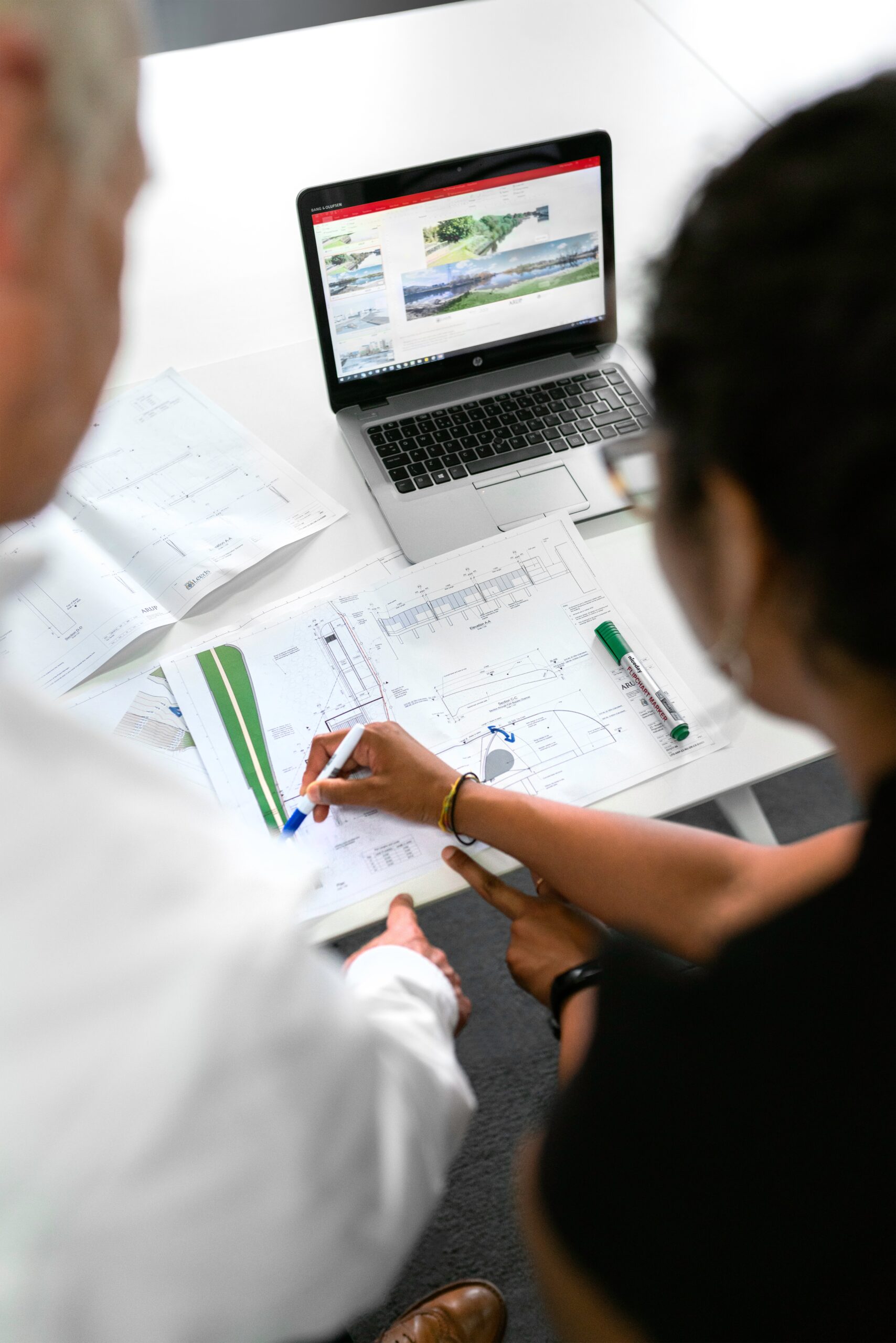Each day we rely on engineers for basic infrastructure, like roads, sewer systems, and water systems, as well as renovations and new construction within our communities. Not only are engineers tasked with designing and executing a project that will function as intended but they also have the added measure of ensuring the safety of each project in the present and for future generations.
So where does safety come into play when a new project is getting off the ground? At WLC, safety is our chief concern right from the very beginning.
Prevention by Design
As soon as a project is approved, we begin designing how it will meet our client’s needs. Not only will we consider the specific parameters of the project, but we add in simple measures that will go a long way in preventing an accident and ensuring the safety of the construction team as well as the occupants. For instance, design is not just about the structure. It is about the staff that will be working on the project as well. One example is designing to minimize excavation depths which can decrease the chances for an on-the-job injury.
Testing During Construction
Prior to and throughout construction, it is important to conduct consistent, reliable tests on the worksite. Through geotechnical and geological engineering, WLC ensures that environmental and soil hazards are addressed to withstand the integrity of our structures. Without the proper testing, the chances of a project ending in demolition, slope failure, or worse, an unforeseen disaster, will dramatically increase and create an unsafe environment for workers, inhabitants, or anyone in the vicinity of the project.
The responsibility of an engineer doesn’t stop once a site design is approved. Taking each of these points into account will help to reduce, isolate, and eliminate hazards that can arise. Learn more about WLC’s safety policies here.

